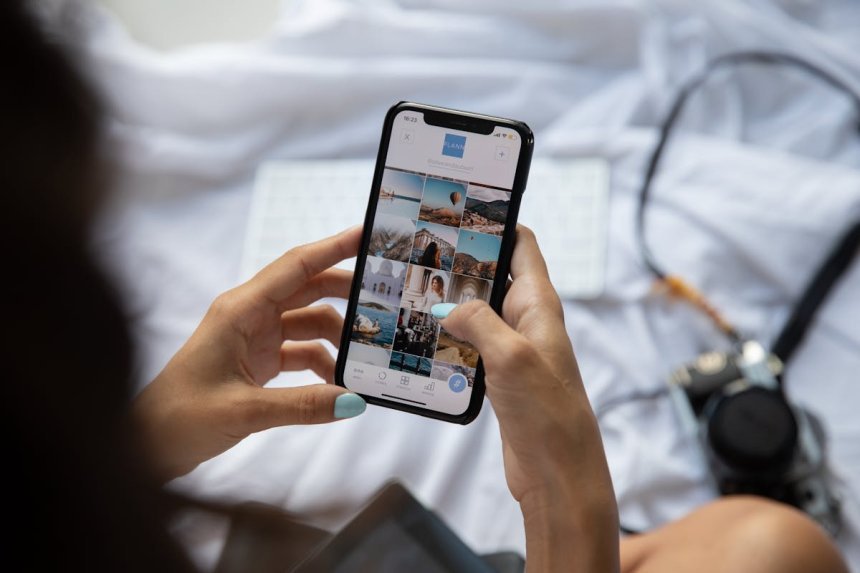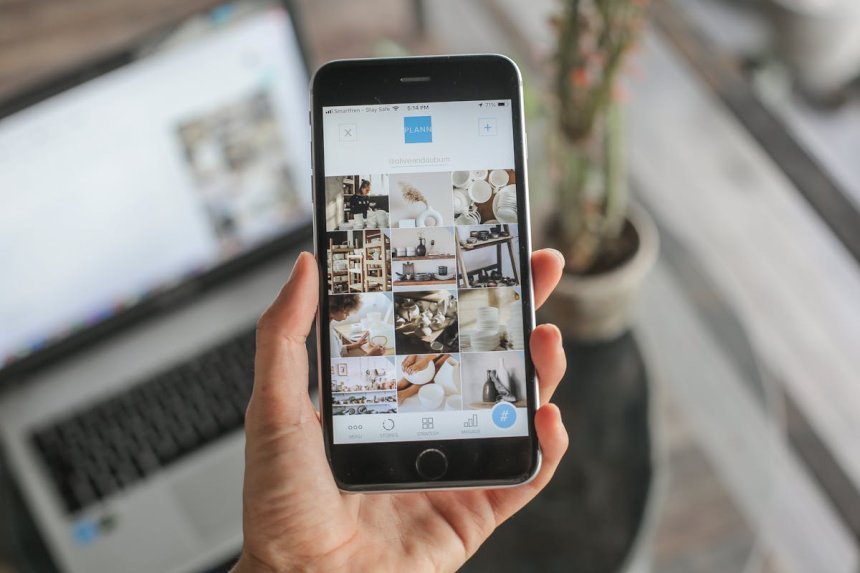Why Mega Influencers Are Losing—and Micro-Influencers Are Taking Over in 2025
In this article, we’ll uncover why brands are ditching follower counts for real influence, why micro-influencers are rewriting the rules of social media marketing, and why that 3K-follower dog mom from Kansas might just be the future of advertising.

In 2025, your favorite mega influencer with a million followers might still be sipping sponsored lattes—but brands are turning their backs. Quietly but surely, a new army is rising: micro-influencers.
They’re not celebrities. They don’t own Lambos. Heck, some still shoot videos in their bedrooms. But guess what? They’re making more impact per dollar than the big shots ever did.
In this article, we’ll uncover why brands are ditching follower counts for real influence, why micro-influencers are rewriting the rules of social media marketing, and why that 3K-follower dog mom from Kansas might just be the future of advertising.
The Obsession With Big Influencers? It’s Dead Wrong Now
Let’s be real—brands used to lose their minds chasing influencers with seven-digit followings. They’d drop $50K for a single post, praying it would go viral.
Most of that money went nowhere.
The rate of engagement was declining. The number of fake followers was growing. Additionally, spectators were disinterested. The average interaction on mega accounts fell to 2% by 2023. When you're trying to influence people, that's absurdly low, isn't it?
In 2025, the game has flipped. Now, brands want people who:
- Actually talk to their audience.
- Reply to DMs.
- Share everyday problems, not staged luxury pics.
That’s where micro-influencers shine.
Who Are Micro-Influencers, Anyway?

They’re regular folks—just with niche followings.
Think:
- A skincare-obsessed teen with 7,000 followers and killer product reviews.
- A fitness coach with 4,000 loyal moms following her 15-minute home workout reels.
- A travel couple with 8,000 fans who trust their budget-friendly tips over glossy magazine ads.
Their follower count usually falls between 1,000 to 50,000, and yes, they’re crushing it.
Why Micro-Influencers Win in 2025 (Even Without Fancy Cameras)
Trust > Hype
Followers don’t just scroll past their posts—they read, comment, and believe what they say. And that’s the kicker.
A micro-influencer's endorsement of a product sounds less like a sales pitch and more like a friend's recommendation.
Higher Engagement, Lower Cost
A brand can spend $500 on a micro-influencer and get:
- 7–10% engagement (sometimes even more)
- Personalized content
- Real feedback from followers
Meanwhile, that same $500 wouldn’t even get half a caption from a celebrity influencer.
Niche Audiences Are Gold
Micro-creators don’t talk to everyone. They talk to someone—a specific group that cares about what they say.
And in 2025, niche > reach.
It’s better to sell 500 products to the right audience than show up on the feeds of 5 million people who couldn’t care less.
Here’s the Twist: The Algorithm Actually Helps the Little Guys Now
Remember when only verified accounts got pushed to the top? That’s over.
Authenticity and interaction are increasingly valued more on platforms like Instagram, TikTok, and even LinkedIn than the number of followers. The system thereby boosts a micro-influencer when it receives a large number of genuine comments, shares, or saves.
Even YouTube Shorts and Instagram Reels are pushing creators with 1K followers into millions of views, simply because their content clicks with people.
The Dark Side of Big Influencer Marketing
Let’s call it out: 2025 has exposed a lot of the dirty laundry behind influencer culture.
- Fake followers are still rampant.
- Bots are inflating engagement.
- And worst of all, trust is broken.
People are tired of airbrushed luxury, paid “I love this brand!!” videos, and staged “just woke up like this” lies. Micro-influencers, in contrast, show their messy kitchen, their budget struggles, their true feelings. That’s rare. That’s real.
And brands want that realness because that’s what actually drives clicks in 2025.
Micro Means Agile (and Affordable)
Imagine this. You’re a small eco-friendly brand trying to launch a new shampoo.
You could:
- Spend $25K on a macro influencer and hope for a miracle, or…
- Work with 50 micro-influencers across beauty, vegan, and mom niches—each charging $300–500 and deeply connecting with their audience.
Guess which performs better? (Spoiler: it’s not the one with a blue check.)
Micro-influencers can:
- Tailor content for different audiences
- Test different messages quickly
- Pivot fast if something’s not working
That agility? Priceless.
The Rise of “Nano” and Local Voices
Even smaller influencers—called nano-influencers (less than 1,000 followers)—are getting brand deals in 2025. Especially in small towns and hyper-local communities.
Restaurants, salons, local brands—they care more about proximity than popularity.
Someone with just 600 local followers but deep trust? Far more valuable than a city-famous influencer shouting into the void.
Tools Are Leveling the Playing Field
Back then, you needed a team, lighting, editing software, and professional gear to be taken seriously. Not anymore.
In 2025:
- Platforms like Beacons, Stan, and Linktree help micro-influencers monetize like pros.
- Brands use influencer marketplaces that directly connect them with smaller creators based on values, not vanity metrics.
You don’t need to be famous. You just need to be useful.
The Real ROI: Relatability Over Popularity
Here’s the uncomfortable truth big brands are whispering behind closed doors:
Most macro influencer campaigns are just for show. They look good but don’t convert.
Micro-influencers, on the other hand?
- Drive conversations.
- Build communities.
- Get people to actually buy stuff.
That’s not hype. That’s data.
Share
What's Your Reaction?
 Like
0
Like
0
 Dislike
0
Dislike
0
 Love
0
Love
0
 Funny
0
Funny
0
 Angry
0
Angry
0
 Sad
0
Sad
0
 Wow
0
Wow
0










